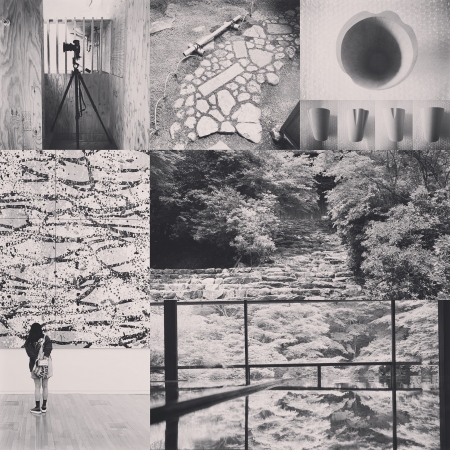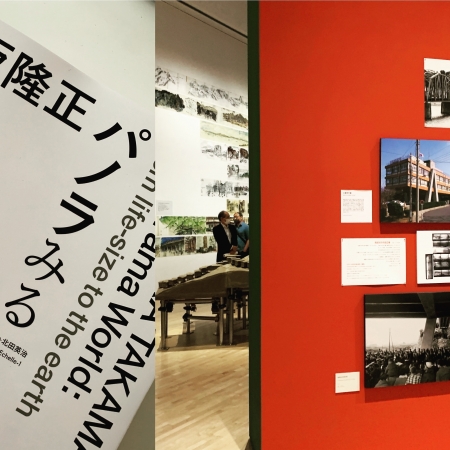建築と都市をつなげるには
建築を都市とつなげようとするならば、外部空間をつなげようとするよりも時間によって蓄積された記憶をつなげていく方が効果があるのではないかと考えた。外部空間をつなげる場合、敷地境界線という壁がある。公共建築の場合はその壁が管理区分でもあるから管理の仕方次第で都市とつなげることは可能で、公共建築、あるいは公共性の高い建築は外部空間を積極的につなげるべきである。しかし、外部空間のつながりは単に公共の外部空間が広がるだけに過ぎず、そこに特別な意味づけがなければ建築と都市がつながるとは言えないのではないか。それは公共空間以外であれば尚更で、観念的なつながりに過ぎない。その特別な意味づけに当たる部分が時間によって蓄積された記憶だと考えている。
"To connect architecture and cities"
When trying to connect architecture to a city, I thought that it would be more effective to connect the memories accumulated over time than to connect the external space. When connecting external spaces, there is a wall called the site boundary line. In the case of public buildings, the walls are also management divisions, so it is possible to connect to cities depending on the management method, and public buildings or highly public buildings should actively connect external spaces. However, the connection of the external space is merely the expansion of the public external space, and if there is no special meaning there, it cannot be said that the architecture and the city are connected. It's even more so except in public spaces, it's just an ideological connection. I think that the part that corresponds to that special meaning is the memory accumulated over time.






























